August 14, 2025 | 16:36 GMT +7
August 14, 2025 | 16:36 GMT +7
Hotline: 0913.378.918
August 14, 2025 | 16:36 GMT +7
Hotline: 0913.378.918
The European Union (EU) market, with a population of over 450 million people and a total GDP of USD 19.4 trillion, is one of the three largest agricultural import markets in the world. According to Mr. Tran Van Cong, Vietnam's agricultural counsellor to the EU, the bloc’s demand for agricultural imports continues to grow and is forecast to reach nearly USD 364 billion in 2025, representing a 2.6% increase.
Vietnam is currently among the EU’s important agricultural suppliers, with export turnover showing steady growth. From USD 3.76 billion in 2019, Vietnam’s agricultural exports to the EU reached USD 5.44 billion in 2024. Notably, in just the first six months of 2025, this figure has already hit USD 4.17 billion, up 50% compared to the same period last year.
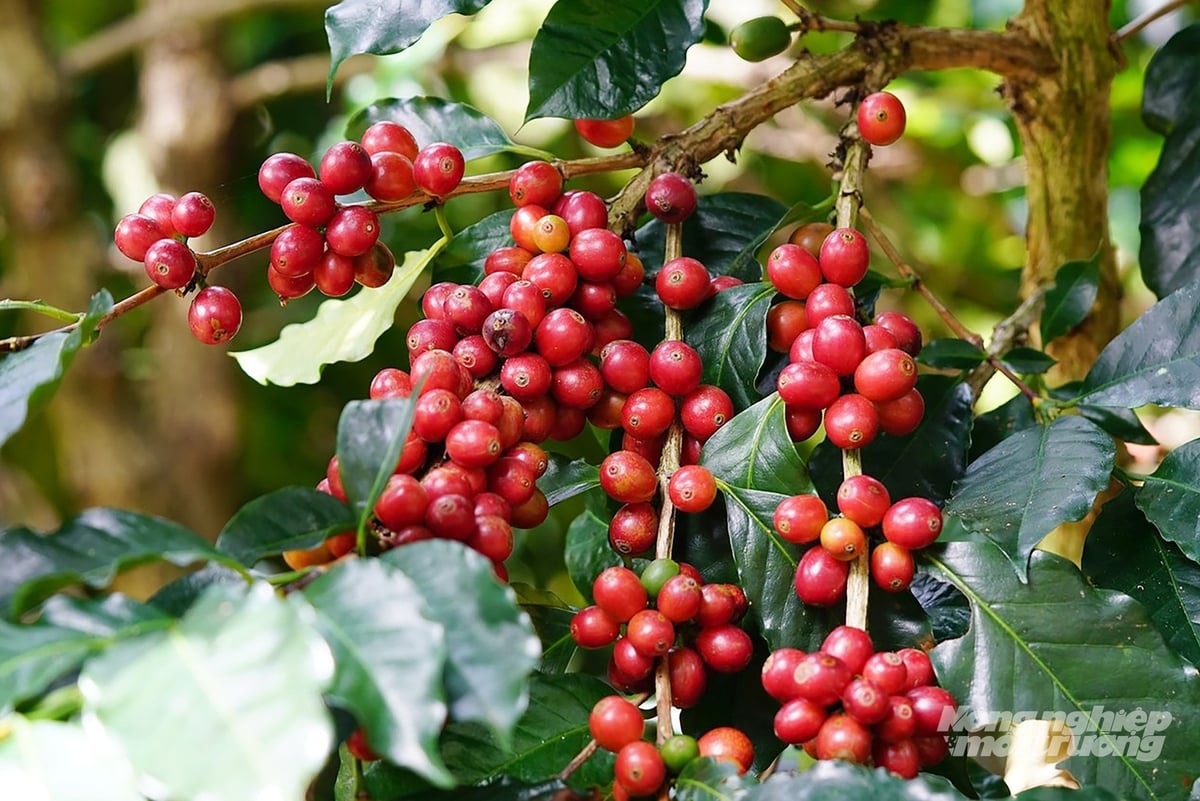
Each year, the EU spends USD 15 billion on coffee imports. Photo: Nguyen Thuy.
Each year, the EU spends nearly USD 102 billion on fruit and vegetable imports; USD 15 billion on coffee; USD 3.53 billion on cashew nuts; USD 353 million on pepper; USD 60 billion on seafood; USD 59 billion on wood and wood products; USD 60 billion on rubber and rubber products; and USD 40 billion on bamboo, rattan, sedge products, and OCOP goods, while importing between 1.7 and 2 million tonnes of rice.
Meanwhile, Vietnam’s agricultural exports account for only 2% of the EU’s total import value. In 2024, Vietnam’s export turnover to this market by product category included: USD 280 million for fruit and vegetables; USD 805 million for cashew nuts; USD 209 million for pepper; USD 80 million for rice; USD 1.04 billion for seafood; USD 500 million for wood products; and USD 203 million for bamboo, rattan, and sedge products, among others.
According to Mr. Tran Van Cong, the potential export capacity for Vietnamese agricultural products to this market remains enormous, with growth continuing year after year. However, Vietnamese agricultural goods still face numerous challenges when entering this highly promising market.
One major obstacle, as noted by Vietnam's agricultural counsellor to the EU, is that the market has yet to open to Vietnam’s terrestrial animal products; the “yellow card” on illegal, unreported, and unregulated (IUU) fishing for Vietnam’s caught seafood remains unresolved; and tariff policies coupled with growing competition from other countries shifting their supply chains to the EU to enjoy preferential tariffs. In addition, the geographical distance and high logistics costs reduce the competitiveness of Vietnamese goods in this market. Furthermore, Vietnam still primarily exports raw or semi-processed goods, while high value-added processed products from Vietnam make up only a modest share in the EU.
A notable characteristic of the EU market is its stringent requirements for quality, food safety, sustainability, and social responsibility. For plant-based products, this market does not require planting area codes or mandatory packing codes as some other markets do, instead relying mainly on post-market inspections. However, certain products such as dragon fruit, chili peppers, and okra remain subject to stricter controls because they have previously been flagged for excessive pesticide residues.
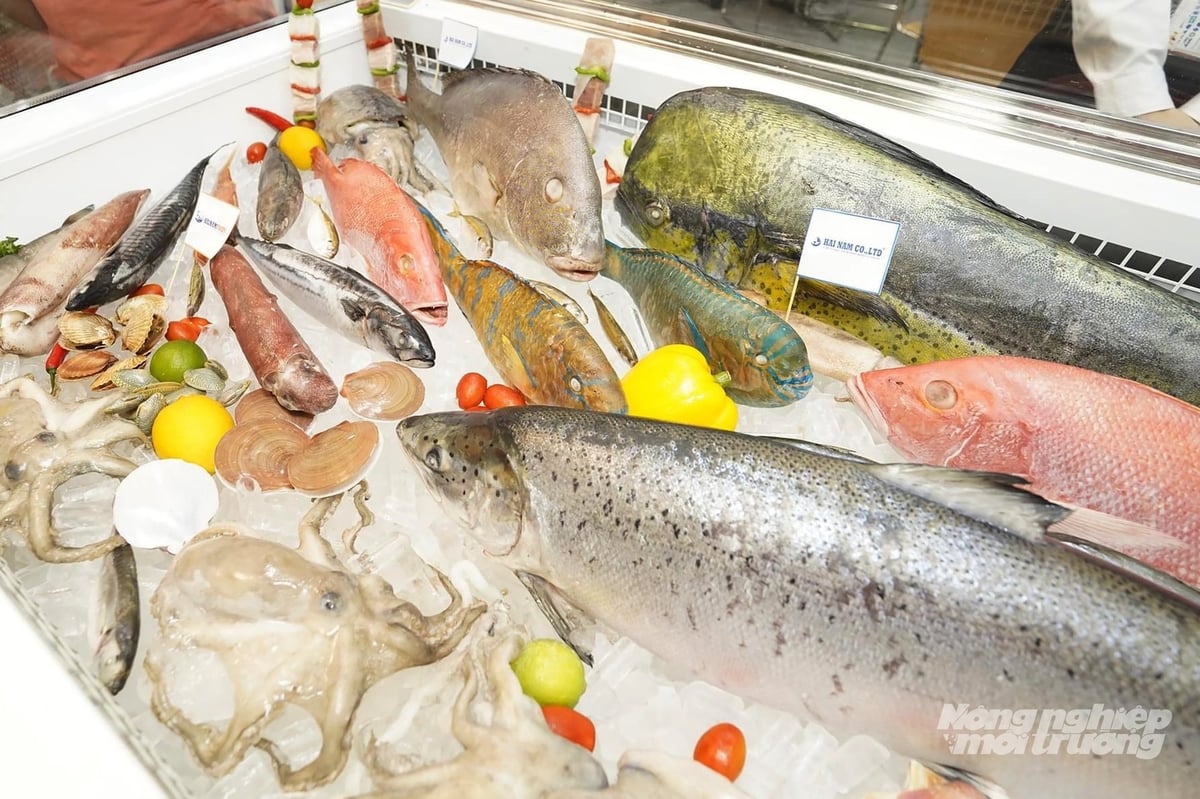
EU is the world’s largest seafood consumption market, with an annual value of USD 60 billion. However, Vietnam’s seafood export turnover to this market has reached only USD 1.04 billion. Photo: Nguyen Thuy.
For seafood products, the EU has fully opened its market but imposes very strict requirements on traceability, food safety certification, and legal harvesting. This market is also preparing to implement the EU Deforestation Regulation (EUDR), which will take effect on December 31, 2025. Vietnam is among the few countries classified as low-risk, but businesses still need to proactively prepare to comply with this regulation.
To increase market share in the EU, Mr. Tran Van Cong recommends that enterprises, associations, and relevant ministries continue to promote exports of competitive product groups such as processed fruit and vegetables, processed coffee, black tiger shrimp, internationally certified eco-shrimp, wood flooring, and natural rubber.
He also suggested that the Ministry of Agriculture and Environment promptly complete the dossier for submission to the EU for market access approval of terrestrial animal products; update EUDR and provide guidance for businesses and localities to prepare; accelerate discussions with the European Commission to lift the IUU “yellow card” as soon as possible; establish safe farming zones, improve product quality, develop branding, and strengthen agricultural trade promotion in the EU market.
“The EU is a demanding yet highly promising market. If we can make good use of trade agreements such as the EVFTA, combined with improvements in quality and production capacity, Vietnam’s agricultural exports to the EU can absolutely make a significant breakthrough in the near future,” said Mr. Tran Van Cong, Vietnam’s agricultural counsellor to the EU.
Translated by Kieu Chi - Phuong Linh
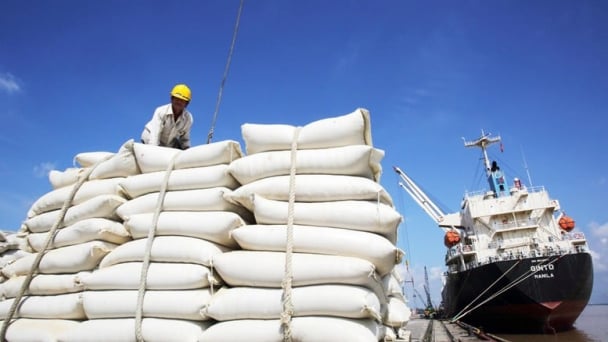
(VAN) To streamline trade, the Ministry of Agriculture and Environment will collaborate with other ministries to develop a new legal framework that minimizes administrative procedures for exporting AFF products.
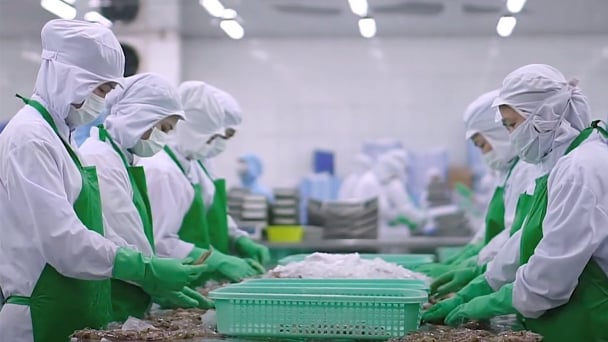
(VAN) Reciprocal tariffs will pose major challenges for seafood exports at the end of this year. The sector needs raw material bottlenecks removed to boost exports.
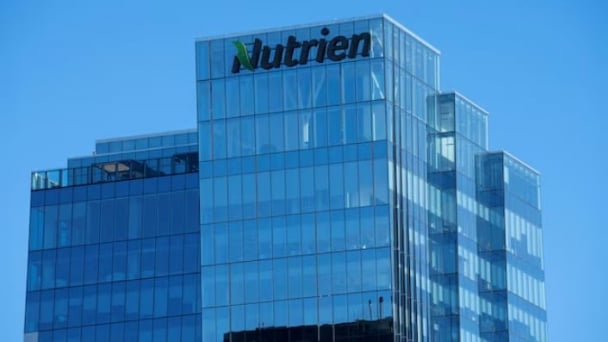
(VAN) World's top potash producer, expects increased fertilizer use by North American farmers this autumn and a healthy global potash market in 2026 despite some crop prices being at multi-year lows, company executives said.

(VAN) To boost agricultural exports in the final months of the year, representatives from several associations say it is crucial to step up trade promotion and address value-added tax (VAT) complications.

(VAN) From his love for the Central Highlands, entrepreneur Le Van Vuong turned his idea into reality, creating coffee flower tea – a unique beverage that brings the Vietnamese brand to the world.
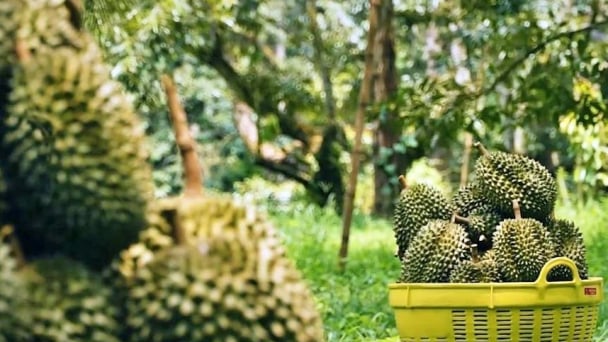
(VAN) China is advancing technology to grow durian, exploit bauxite and digitize traditional crafts, realizing the dream of mastering industries once thought to exist only in tropical regions.